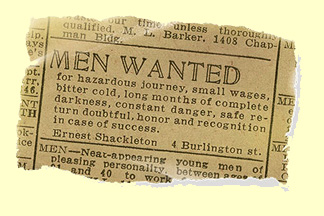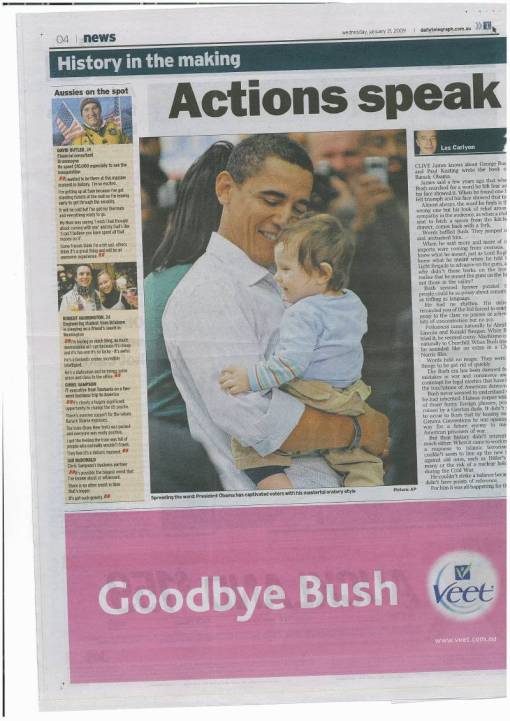
Here’s a new site that reckons it has found the secret to helping persuade more people to give money to charities on a regular basis.
Givv.org allows you to pick a bunch of charities… and then each month those on your list will receive the amount you have nominated them to get. Be that $2.11, or $45.26. Each month you can then play with the list, and the donation amounts… so you’re totally in control of the amounts you are giving.
The prickly direct marketer inside me is furious that one of the benefits that Givv.org are promoting is “keeping off a fundraising list”, but setting that aside… I am left wondering “where the heck are the supporters going to get feedback from?”
So I have written to them and asked.
My hopes are that this is a slice of social media heaven as the site does facilitate users sharing on their profiles who they give to and even how much. This in turn is used to create popularity boards which help new users decide who to give to.
I have often joked with friends that people’s attitudes to giving to charity is often a great way for me to judge my compatibility with them. If this site helps people to share this as part of their identity both on this site and on Facebook… then it may start to encourage a system by which people could be persuaded to benchmark their giving levels against one another.
My hope is that charities can integrate this site with their other social media strategies… which should include sharing video stories and pics + text movies of how money is helping the charity beneficiaries. If the site allows charities to post up videos and pics so that supporters and those interested can browse them each month… it could be onto a winner, and charities will be forced to compete on the basis of their stories.
My fear is that the site has been created without an awareness that supporters actually benefit from learning what the charity is doing with the donations provided. If the site has been created purely from the perspective of an angry donor who doesn’t like mail packs…. then it will rely on its users being interested / savvy enough to follow the charity’s facebook page / blog / etc instead of connecting them to the very stories that will keep them giving month after month.
Given that the site says “if you see an advert for Amnesty international on TV you can then add them to your list that month…” I fear that the site creators may not have understood the power of storytelling.
I shall post their reply here!











